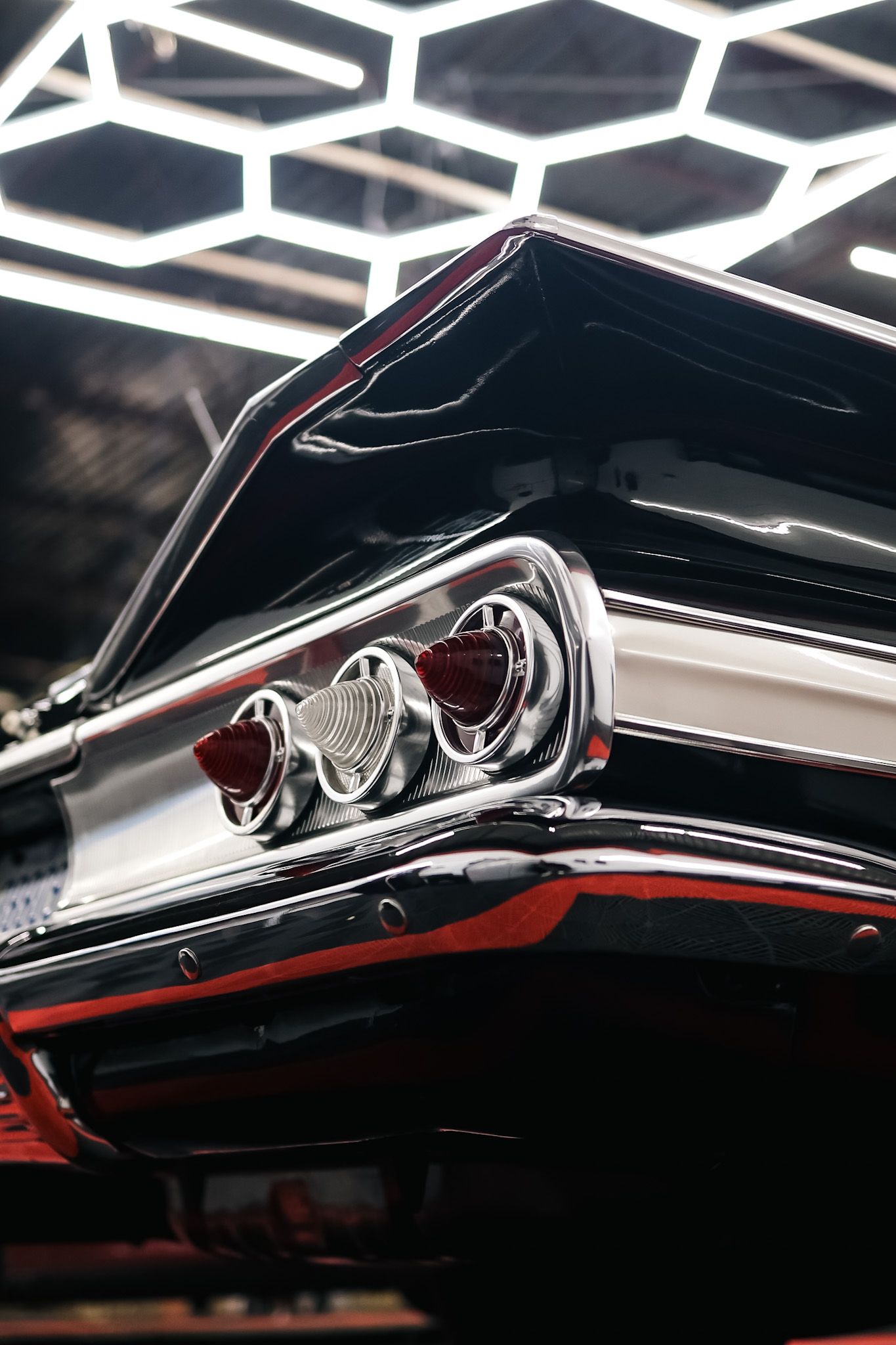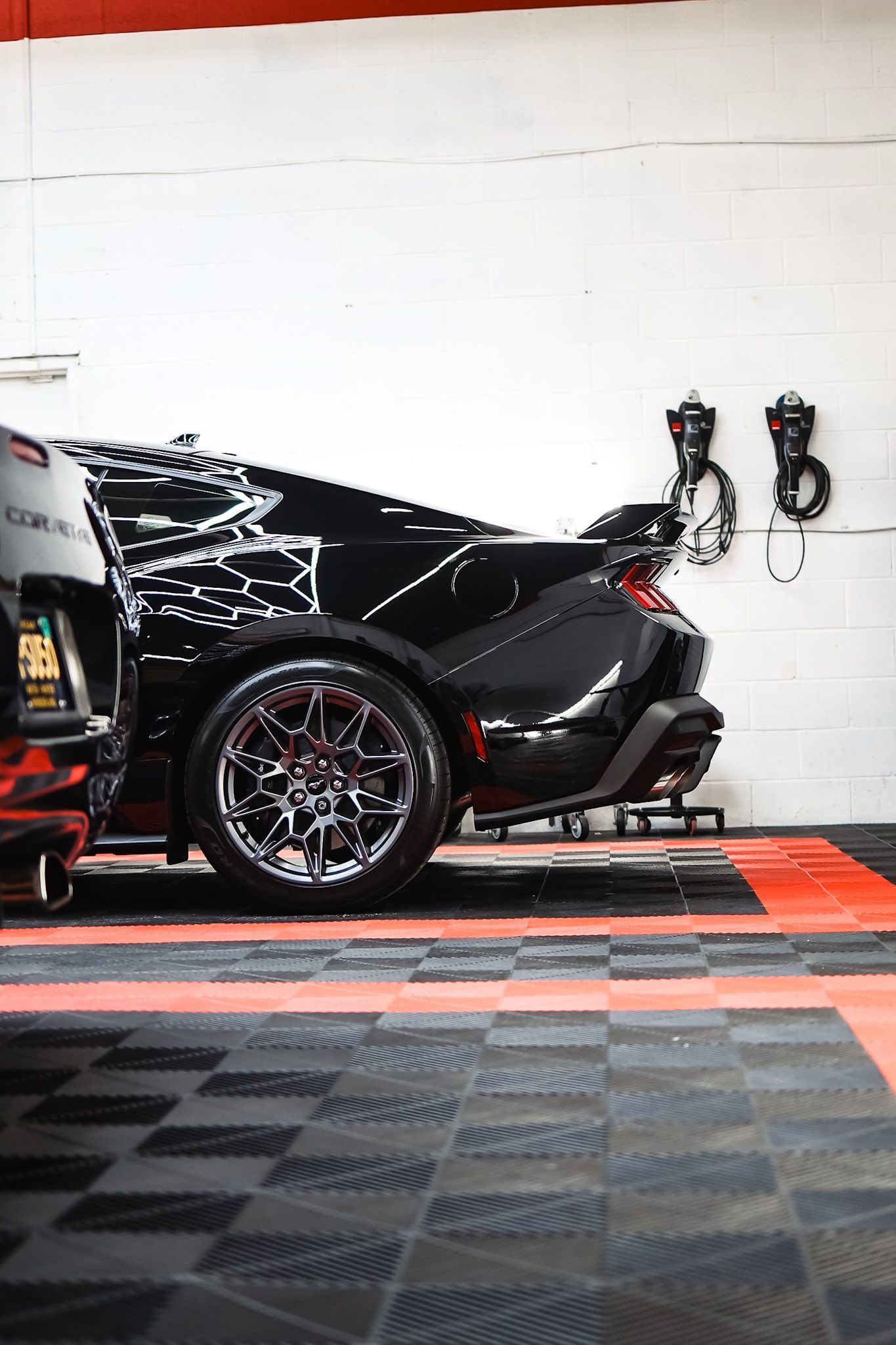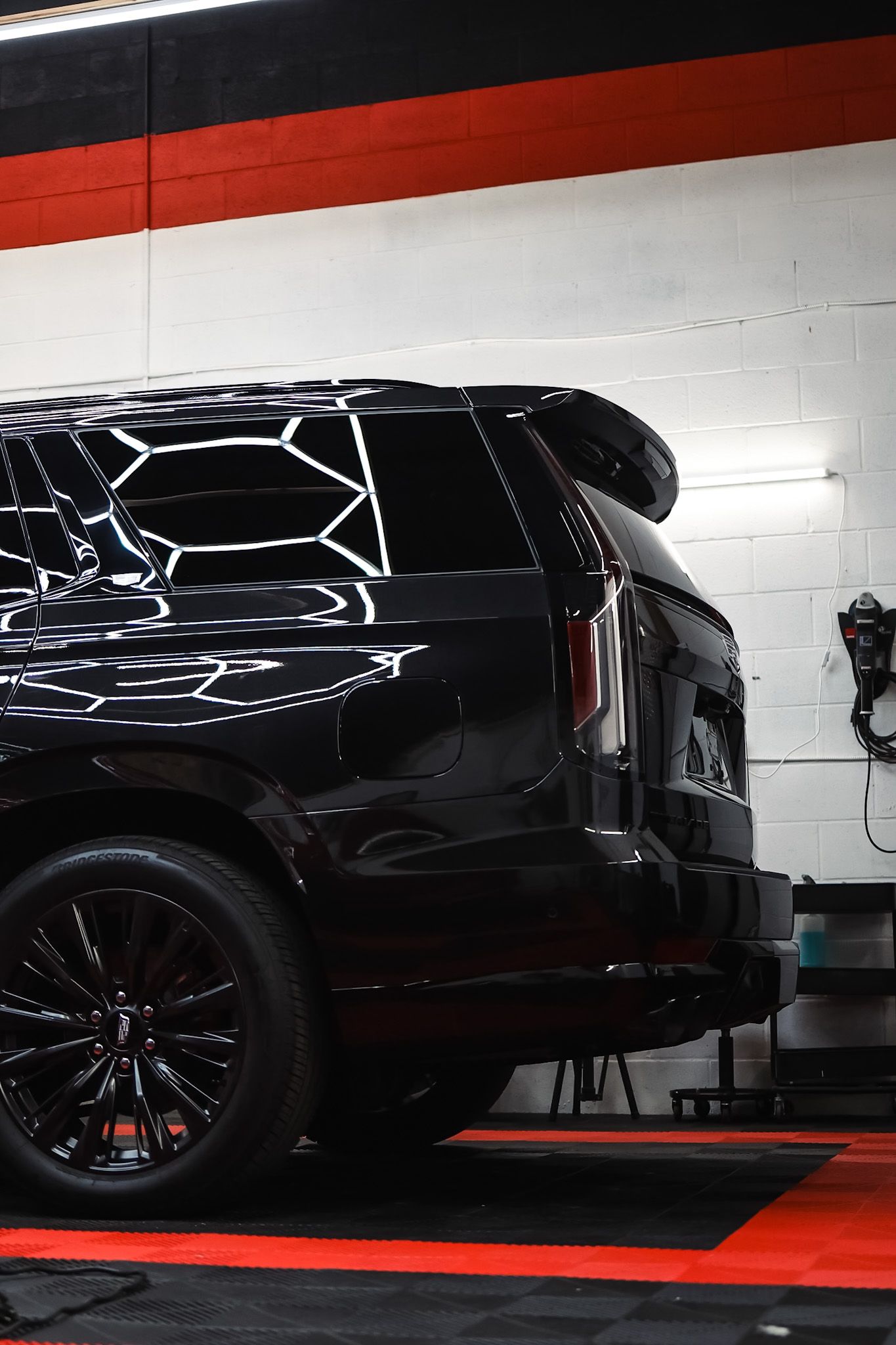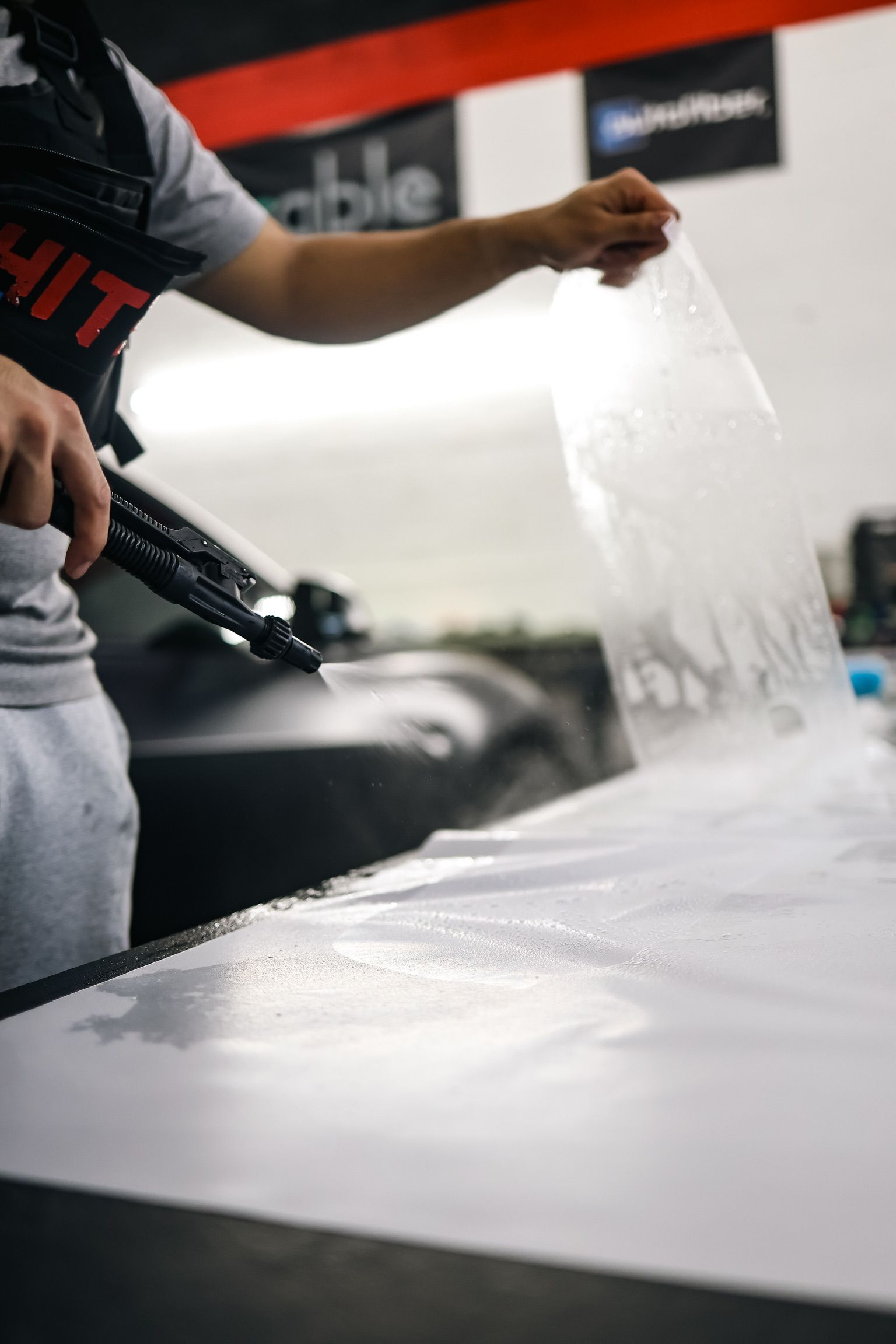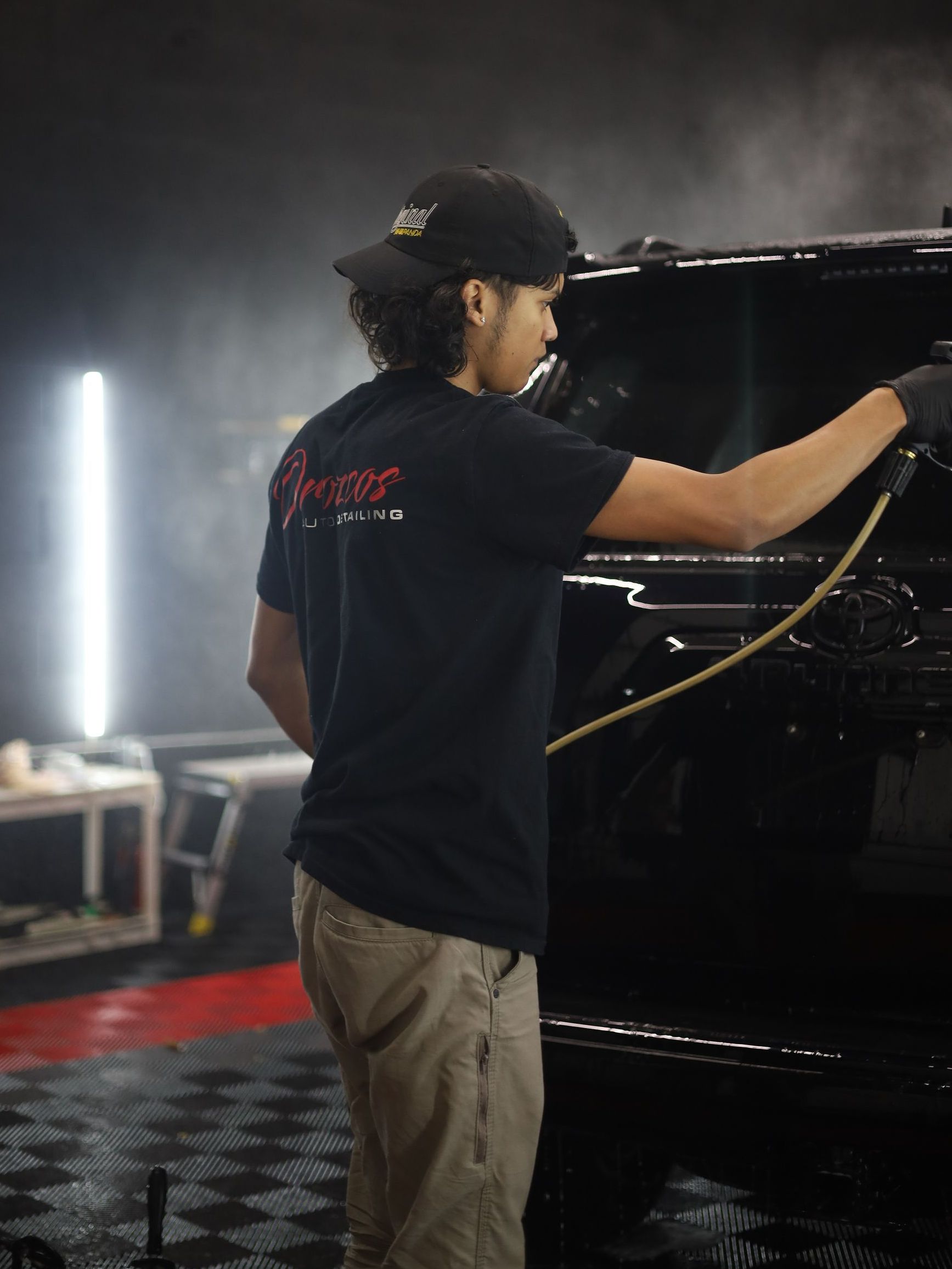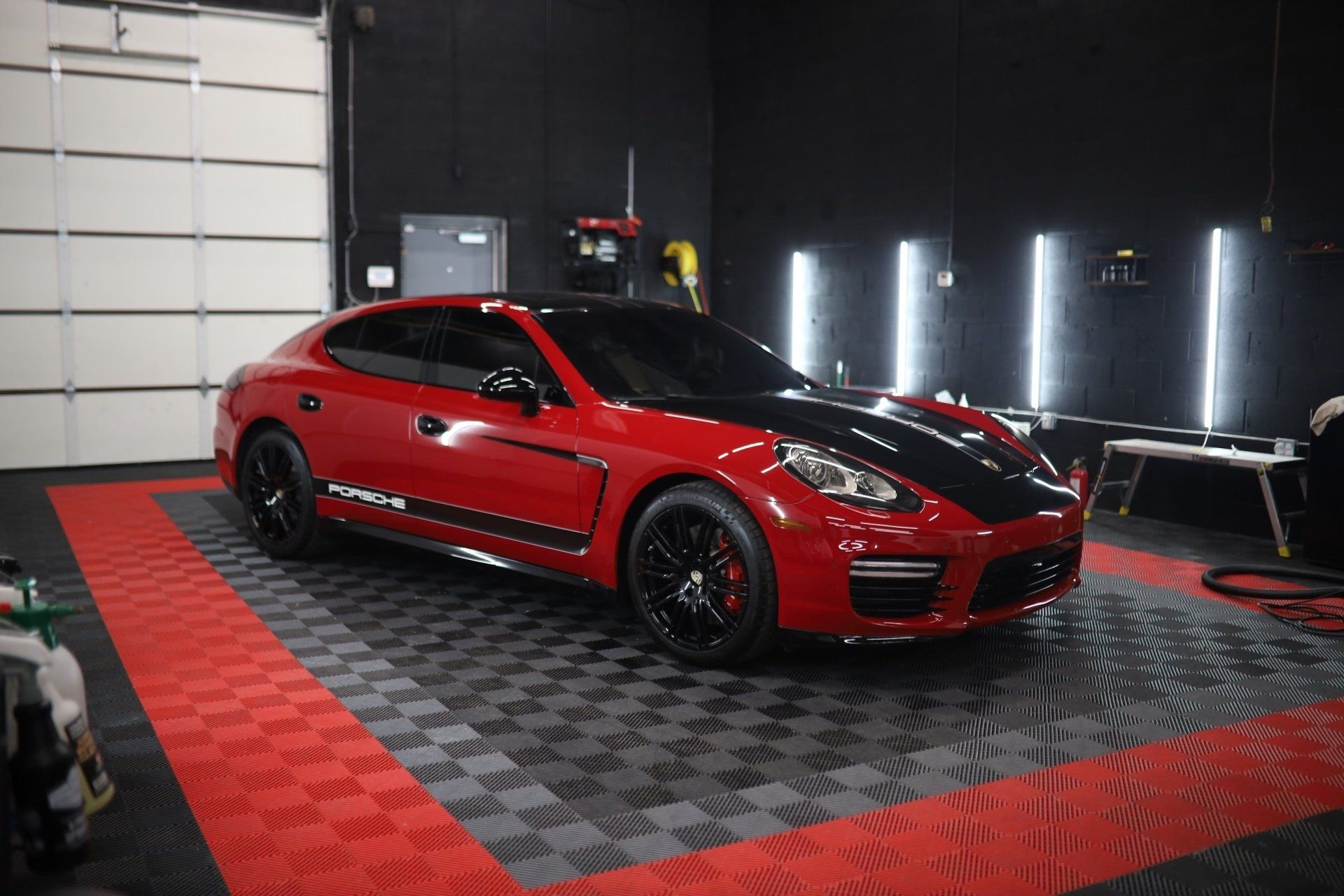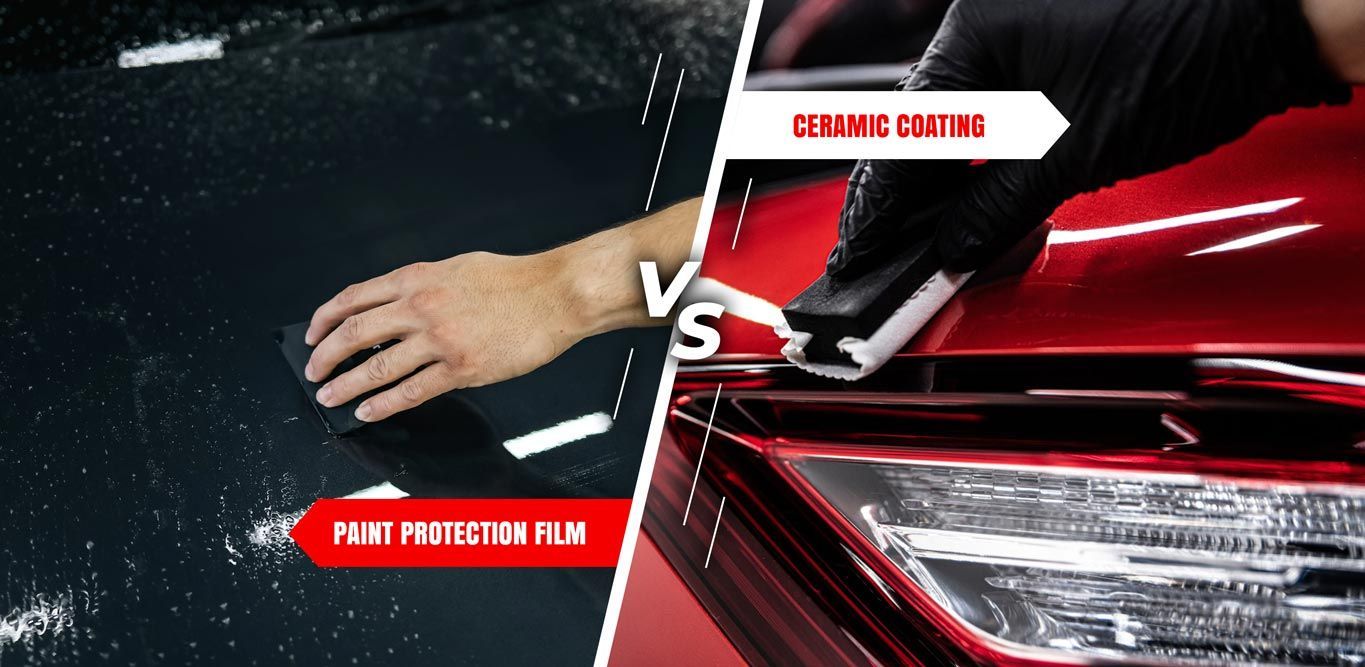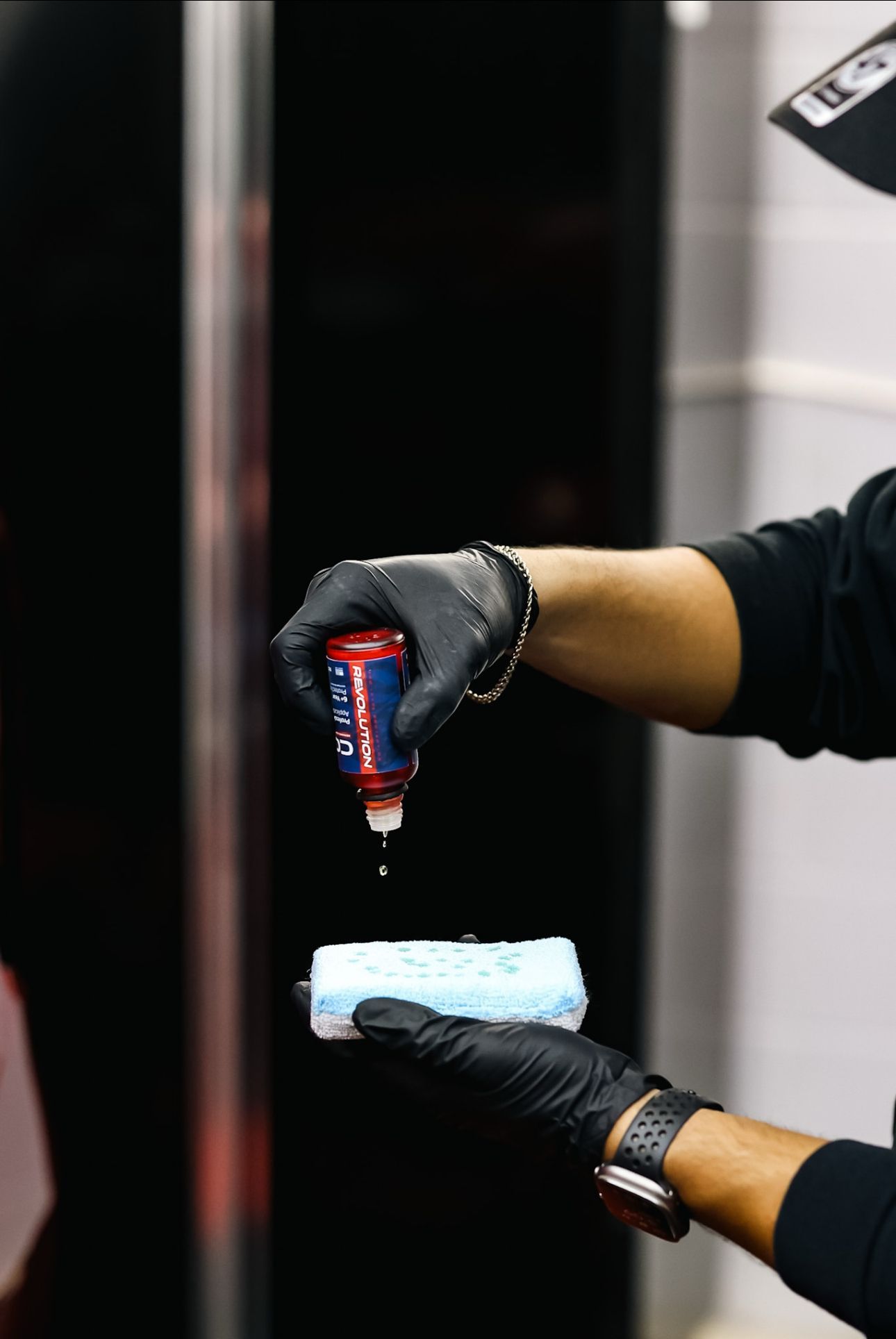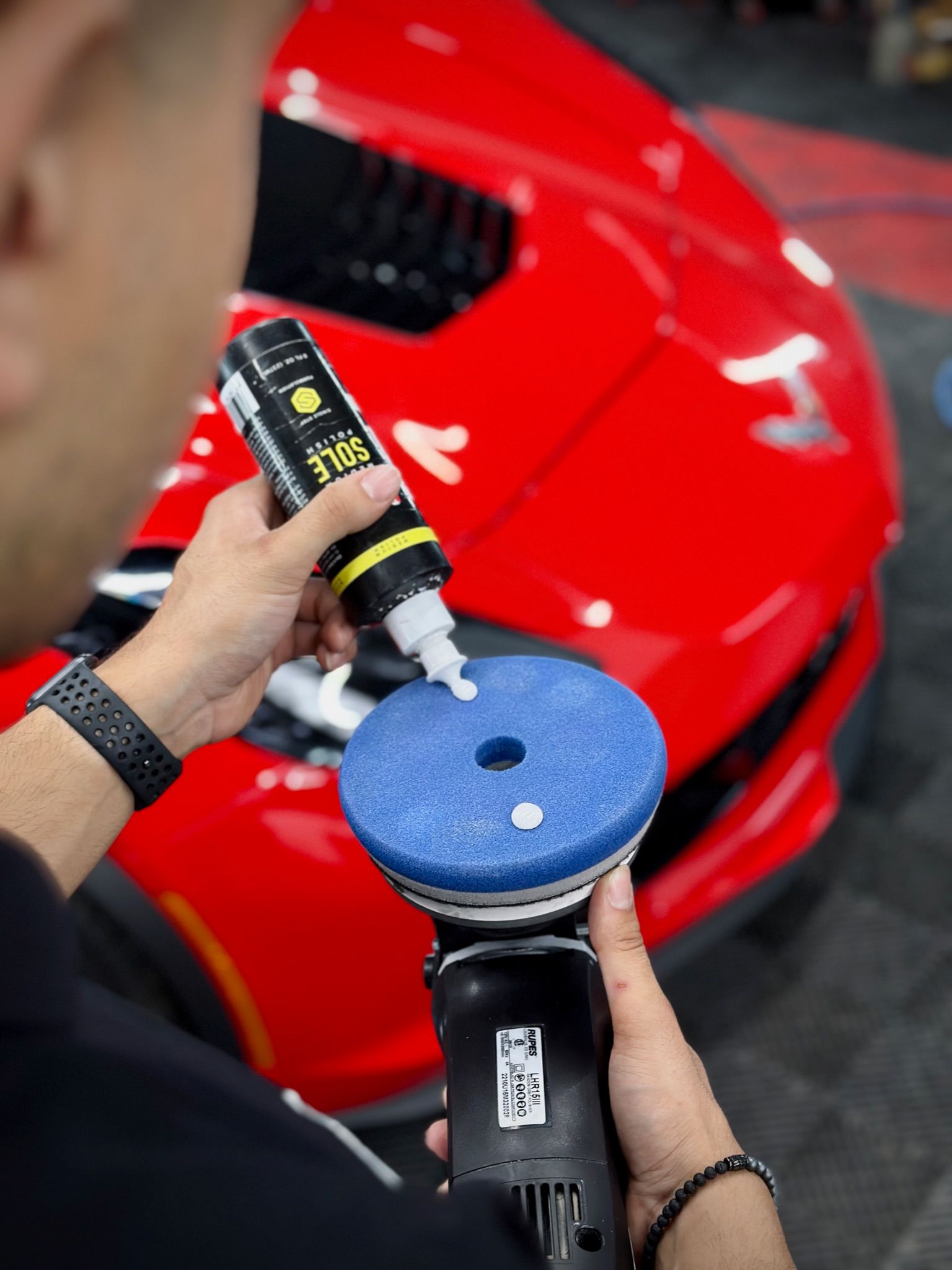Rust silently attacks vehicles, causing damage that can be costly to repair. If you've ever experienced the heartbreak of seeing your beloved car succumb to corrosion, you're not alone. Many vehicle owners share this concern, and that's where ceramic coatings come into play. Modern protective solutions promise to prevent rust and enhance the shine of your car. But do they really work? In this guide, we dig deep into the science behind ceramic coatings and explore how effective they truly are against rust, so you can decide if they're worth your investment.
While ceramic coatings do not completely prevent rust, they provide a protective barrier against environmental contaminants, including water and road salt, which can lead to corrosion. This added layer of defense helps to repel moisture and other corrosive substances, thereby minimizing the risk of rust formation when properly maintained with regular washing and care.
How Ceramic Coating Works
The journey of ceramic coating begins with understanding its core element—the compounds it comprises.
At its heart, ceramic coatings are liquid polymers enriched with silicone dioxide (SiO2) and titanium dioxide (TiO2). These materials play a crucial role in forming a protective layer on your vehicle's paint, ensuring that it doesn’t merely coat the surface but chemically bonds to it. This bond is what gives ceramic coatings their longevity, resisting wash-off from harsh weather conditions or frequent cleaning.
The Science Behind It
When we talk about how these coatings interact with your car's paint, let’s focus on nanotechnology. This technology allows ceramic coatings to fill in tiny pores and imperfections that are often invisible to the human eye. By creating a smooth and flat surface, the coating enhances the overall finish of your vehicle while introducing hydrophobic properties.
Picture this: when water hits the surface of your car, it beads up and rolls off instead of lingering and pooling. This action not only looks aesthetically pleasing but also minimizes dirt and grime accumulation, making your next wash easier than ever.
The hydrophobicity you gain from a good ceramic coating means that dirt simply can’t get a foothold on the surface, allowing for a cleaner look and a lesser need for frequent washes.
Rust Prevention Capabilities
Rust prevention is a significant concern for many car owners, particularly in areas that experience heavy rain or winter road salt use. Herein lies the strength of ceramic coatings: they provide a protective barrier that can ward off some forms of corrosion. The key mechanism behind this protection is the hydrophobic layer that these coatings create.
This layer repels water, limiting one of the essential elements needed for rust to develop. By effectively minimizing water exposure on vehicle surfaces, ceramic coatings help reduce rust formation, especially when maintained properly.
In fact, data from a 2023 study conducted by the International Car Protection Agency indicates that vehicles treated with ceramic coatings exhibited a remarkable decrease in rust formation over a five-year period compared to their untreated counterparts. Specifically, vehicles with ceramic coatings demonstrated approximately a 50% reduction in rust-related issues, emphasizing the efficacy of these protective layers. This benefit is especially valuable in climates where vehicles are regularly exposed to corrosive elements such as road salt and moisture.
However, while ceramic coatings present impressive advantages, they are not infallible.
Limitations
It’s essential to recognize that while ceramic coatings can certainly slow down the rusting process, they do not entirely prevent it. If there is existing damage or if the vehicle's undercarriage is not adequately coated, those areas may still succumb to rust despite having a ceramic coating on the visible surfaces.
Incorporating good practices into your vehicle care routine becomes paramount for maximizing the potential of a ceramic coating while safeguarding against rust.
Best Practices for Maintaining Protection
Regular maintenance is essential. Washing your vehicle frequently during the winter months will help remove accumulated road salt and grime. Not only does this maintenance help keep your ceramic coating effective, but it also prolongs the life of your vehicle overall.
Additionally, investing in quality products from reputable brands can further enhance your results. By implementing practical measures such as timely repairs and monitoring susceptible components, you can effectively protect your investment from rust.
With a solid understanding of proper maintenance practices, you can unlock even greater advantages as we explore what comes next in protecting your vehicle from environmental wear.
How to Maintain Ceramic Coating
Using a pH-neutral car shampoo is crucial because harsh detergents can degrade the protective layer. Think of it as giving your vehicle a gentle cleanse without stripping away its protective shield.
Moving beyond regular washing, another pivotal aspect of maintenance involves choosing how you wash your car. This seemingly simple decision can have depth, and meaning for the longevity and effectiveness of the coating.
Opting for hand washing over mechanical car washes will significantly benefit your vehicle’s ceramic coating, allowing you to maintain that essential layer of defense with careful attention. While the convenience of a mechanical wash might be tempting, these systems often use harsh brushes and chemicals that can cause damage to the ceramic layer. Not only do they risk inflicting a tear in the delicate coating, but the abrasive action can also grind in dust particles, further compromising the surface. Instead, hand washing allows you to have more control over the gentle care your vehicle deserves.
Step 2 - Avoid Mechanical Car Washes
Picture this: when you wash your car by hand, you can inspect for any contaminants or issues that might need addressing while enjoying the process instead of just rushing through it. It's a scene where an automotive enthusiast can fully appreciate their vehicle's form and function, all while ensuring every inch is tended to properly.
By adhering to these steps, you'll maintain the aesthetic appeal of your vehicle and ensure that the coating remains effective for years to come. This extra attention can prevent tears in the finish while washing away accumulated dust, maximizing the return on your investment.
Regularly inspecting your vehicle for signs of wear or contaminants that might have settled on the surface is also key. After a wash, take a few moments to visually survey the paintwork and feel for contaminants using your fingers. If you encounter any rough spots or stubborn residues, it’s better to address them immediately with a suitable detailing spray than let them sit, potentially solidifying their hold on the surface. Such diligence helps prevent small particles like dust from causing minor damages that can tear the ceramic layer.
Step 3 - Inspect and Immediate Corrections
Keeping an eye out will save you time in the long run and help prolong the life of your ceramic coat. This vigilance allows you to focus on preventing dust and other environmental factors from taking a toll on your vehicle's pristine look.
Maintaining these practices creates a robust routine that maximizes both the performance and longevity of your investment, setting the stage for evaluating just how beneficial such an enhancement can be for your vehicle. Regular maintenance can help avoid the risk of tears and abrasions, keeping your automotive pride looking its best.
When considering whether ceramic coating is the right choice for your vehicle, it's essential to weigh various factors that play a pivotal role in the overall benefits you'll receive. For starters, understand that the longevity of your car ownership significantly impacts this decision. If you plan to keep your car for several years, the protective qualities of ceramic coating can be immensely beneficial. This coating acts as a shield against environmental dangers such as UV rays, bird droppings, and tree sap—all of which can wreak havoc on your paint job over time.
Is It Worth It for Your Car?
Furthermore, consider your lifestyle and how you use your car daily. For individuals living in areas with extreme weather conditions or those who frequently park outside, ceramic coatings offer robust protection. These coatings help maintain a vehicle's aesthetic appeal while reducing the frequency of detailing and washes needed. You not only protect your asset but also preserve its resale value by keeping it free from dust and other harmful elements.
Factors like cost and maintenance expectations also need close attention when making this decision.
Think about it: if you’re someone who uses their vehicle daily—whether commuting to work or running errands—a ceramic coating can make a noticeable difference in preserving that showroom shine. However, if you're someone who trades cars every few years or owns older models, the upfront costs might not yield sufficient returns due to potential wear and tear over time.
In summary, investing in ceramic coating can enhance your vehicle's protection significantly, especially for long-term owners. To explore further options or get started today, reach out to Orozco's Auto Detailing at
Orozcos Auto Detailing
or call (313) 888-3822.
SHARE WITH YOUR FRIENDS



